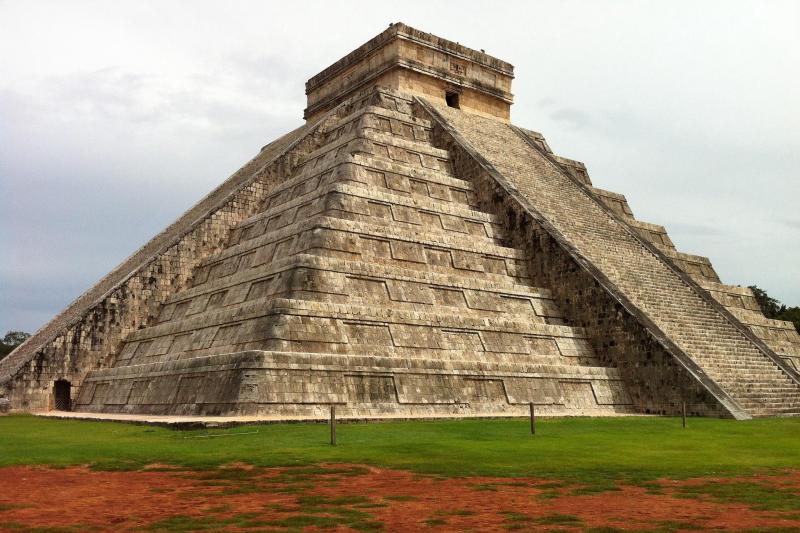Chichen Itza was a large pre-Columbian city built by the Maya People of the Terminal Classic Period. In the 2000s, the ancient Mayan temple was classified as one of the new seven wonders of the world.
The archeological site is located in Tunim, Mexico, and it is the second most visited place in Mexico. It was one of the largest Maya cities, and it was likely to have been one of the mythical great cities. According to some findings, the city may have had the most diverse population in the Maya world. And that is what has contributed to the variety of architectural styles at the site. With that in mind, here are some facts about Chichen Itza, the mythical Mayan temple.
Wonders of the World
In the 2000s, a campaign started so people can choose the new Wonders of the World. The old ones were from the ancient history, and we needed new existing monuments. Canadian-Swiss Bernard Webber led the poll, and it was organized by the New7Wonders Foundation based in Zurich, Switzerland. Chichen Itza was one of the new wonders, along with the Great Wall of China, Christ the Redeemer Statue, Machu Picchu, Taj Mahal, the Roman Colosseum, and Petra city in Jordan.
![]()
In 1988, Chichen Itza was also enlisted as an UNESCO World Heritage Site.
Variety in styles
Chichen Itza is actually a huge area composed of various structures. Some of them include the Pyramid of Kukulkan, the Temple of CHac Mool, Hall of the Thousand Pillars, and the Temple of Thousand Warriors. You can also find the Playing Fields of the Prisoners. They are all built in different architectural styles. The Pyramid is the last and probably the best of all Mayan temples.
Where the name came from?
The Temple of Kukulkan is actually spelled “El Castillo”. That is the famous pyramid which dominates the site of Chichen Itza. Fun fact: it sits on another much older temple. El Castillo, also means “The Castle” in Spanish. The name Chichen Itza, on the other hand, is derived from a Mayan name that means “on the mouth of the well of Itza”.
Famous places
The four most popular and known attractions are the Great North Platform, where the Pyramid lies, the Ossario Group, and the Central group. The Old Chichen is not open to the public. While the Kukulkan Pyramid is the most famous and most visited, there are other attractions as well. For example, the Osario is very similar but smaller in size. And in the center, there is an opening to a natural cave.
![]()
With such popular attractions, it is no wonder that Chichen Itza is the second most visited tourist spot in Mexico. More than 1.2 million people visit it on an annual basis.
Discovered and Re-Discovered
The area was initially discovered in the year 514 by the priest Lakin Chan. He was also called Itzamna. That is how probably the area got its name. But it was then re-discovered by an American explorer in 1841. And that is when the place became popular.
Over the years, there have been a couple of restoration efforts, the first one in 1923. It was authorized by the Mexican government, but it was done by the Carnegie Institution of America.
Astronomical place
Back in the days of the Maya people, Chichen Itza served as an observatory for astronomical events. The Maya civilization, between 9th and 12th century, used it to reflect astronomical events.
On the north side of the Kukulkan Pyramid, there is a platform dedicated to the planet Venus. The planed had a special place in the Maya civilization. But it also shows the Maya people were devoted astronomers. Movement of Venus influenced architecture of several Maya cities.
Unusual sounds
Many of the sites in Chichen Itza are known for their unusual sounds. For example, if you clap once from one end of the Ball court, it will produce nine echoes in the middle of the court. Another strange sound is a clap in front of the Kukulkan Pyramid. It will produce echo resembling the serpent’s chirp.
Decline of the city
There is no clear year when the Chichen Itza has fallen. But some studies show that in 1221 AD, a revolution and a civil war arose. Archeological evidence confirms these claims. The wooden roofs of the great market and the Temple of the Warrior were burned. At that time, the city went into decline, as rule over Yucatan shifted to Mayapan.



